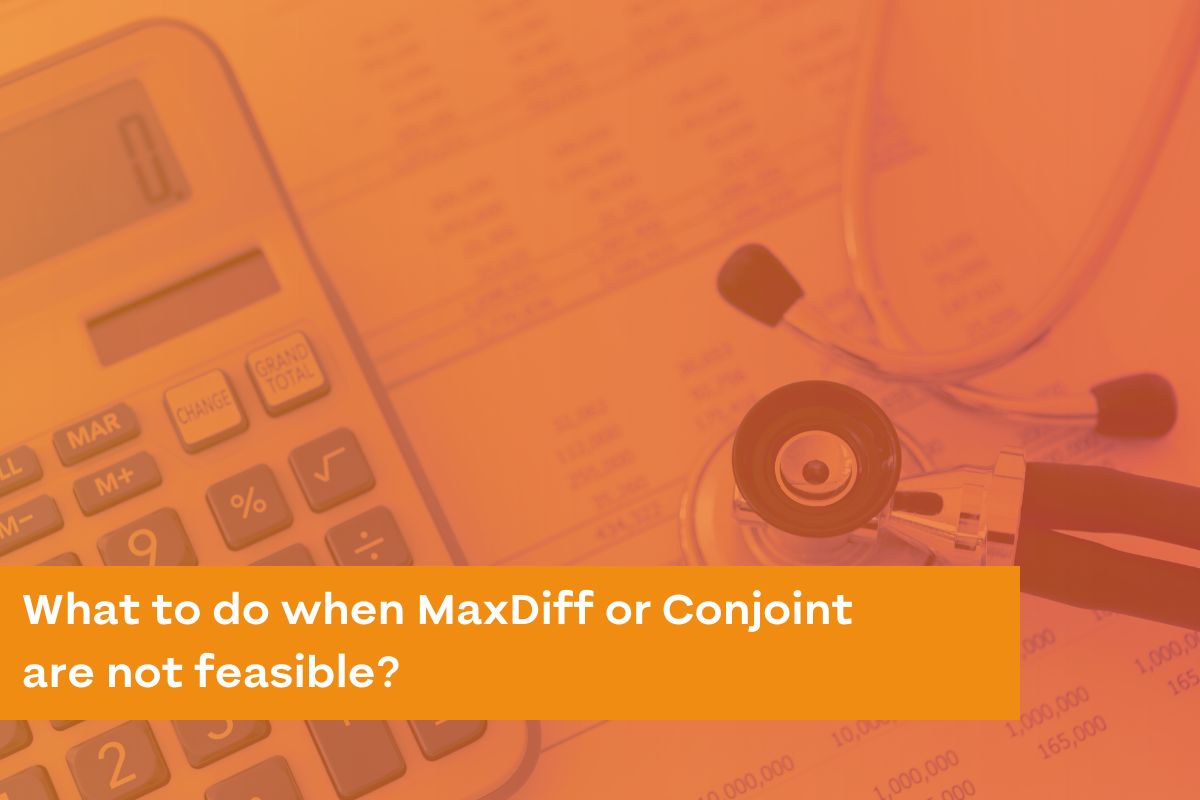

Author: José Ignacio Domínguez
We understand that consumers evaluate products and services based on a combination of attributes they possess and/or benefits they offer. A common concern among brand positioning managers is understanding the relative importance of these attributes when making a purchase decision and choosing one brand among several.
MaxDiff and Conjoint Analysis are two statistical procedures commonly used in market research to determine the relative importance of multiple attributes; both procedures require specialized questionnaire design, appropriate software and analysis, and represent a significant burden for the respondent; yet both provide valuable insights.
But what do you do when a product is highly complex and dozens of attributes need to be evaluated?
In the case of Major Medical Expense Insurance, the various coverages included in a particular contract represent a wide range of options that must be evaluated by the policyholder. How do you reduce the burden for the respondent while still obtaining useful information so that the company can design attractive products in terms of coverage and policy value?
In a study to evaluate 79 possible coverages of a Major Medical Expense Insurance, we opted to ask only 3 questions to the respondents: importance, uniqueness, and willingness to pay for each coverage. We used a small sample so that each respondent could address these 3 evaluation exercises for the 70 coverages, face-to-face and in a highly engaging manner.


We found that the most important coverages (cluster A) are those commonly found in a medical expense insurance policy and those for which 87% of respondents are willing to pay in their basic package, such as hospital and doctor networks under agreement, anesthesiologist fees, and even coverage for mental illnesses.
The coverages evaluated as the most unique were also the least important (cluster F), with only 62% of respondents willing to pay for them in their basic package. These include circumcision, dangerous sports coverage, or expenses for a driver to return the insured after hospitalization.
Cluster E includes coverages that are both very unique and very important, for which respondents would be willing to pay an additional premium when adding them to their contract, such as a check-up, a second surgical opinion, or double the normal coverage for critical illnesses.
A simple comparison of two characteristics, Importance and Originality, combined with willingness to pay and grouped using a K Means procedure, provided a very clear idea of the range of coverage options for policyholders. These coverages entail varying degrees of risk and therefore profitability for an insurance company.
While the initial research requirement specified obtaining a weighting of the importance of coverages using Conjoint or MaxDiff, what our client really wanted to address – designing coverage packages – was resolved with different information.
The most important element in Data Science is understanding the decision context, beyond the statistical procedure or the analysis platform. We understand that each company is unique and requires customized research approaches to achieve its business objectives. We ensure to employ the appropriate approach for each project, guaranteeing precise and relevant results that drive your company’s growth.
